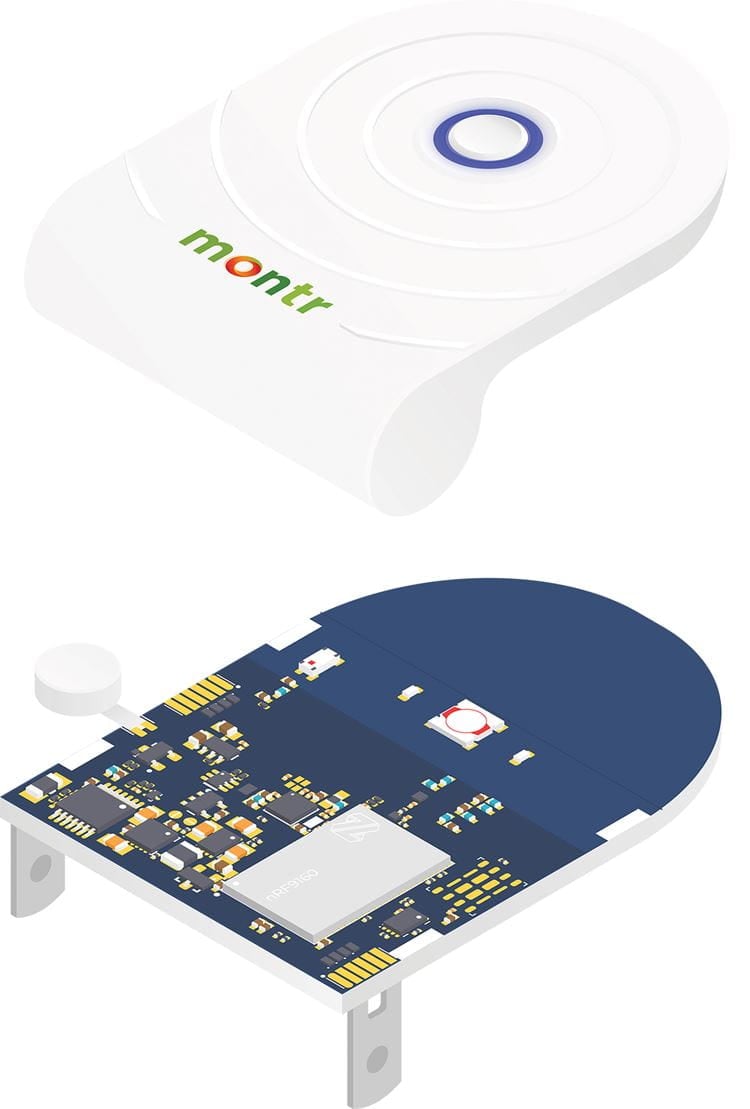Connected health
Let Nordic's expertise help you deliver the health tech your customers rely upon


Meulesteen concludes: “Without the Nordic nRF9160 SiP our Emergency Button would not have been possible to develop in such a small form-factor, include GPS, be able to run from a small battery for up to 10-months, or achieve its safety-critical-grade on-air reliability, range, and building-penetration performance. The Nordic nRF9160 SiP was a total game-changer for us and after meeting Nordic at the end of last year and realizing how ‘all-in’ the company had gone with cellular IoT and how experienced and eager its cellular IoT technical support engineers were, we dropped development with all competitor NB-IoT modules and companies. In my opinion, no company is in the same league as Nordic Semiconductor when it comes to cellular IoT modules and cellular IoT technical support.”
The Nordic nRF9160 SiP is significantly smaller, lower power, and has more security features than any other cellular IoT module launched to date for LTE-M and NB-IoT applications. It is certified for global operation, has GPS support, and is a complete solution that integrates everything a cellular connection and IoT application may need beyond requiring just an external battery, SIM, and antenna.
The nRF9160 SiP is also the first cellular IoT module to incorporate Arm’s latest Arm Cortex M-33 CPU core. This is supported by 1MB of Flash and 256kB of RAM on-board memory. The nRF9160 SiP is additionally the first cellular IoT module to incorporate Arm’s state-of-the-art Arm TrustZone and Arm CryptoCell security for Internet-level encryption and application protection. Both these technologies are designed for highly energy-efficient embedded IoT products that require the highest levels of performance in processing, power consumption, and security.
“While personal emergency alarms are nothing new,” comments Geir Langeland, Nordic Semiconductor's Director of Sales & Marketing, “one that uses cellular networks standalone without needing to be paired to a smartphone or gateway is. And that means all the legendary security and reliability of cellular wireless comms which have long been used as the wireless technology of last resort in home and building alarm systems. It’s a natural extension that cellular should also now become the wireless technology of choice for battery-powered personal alarms too now that this is technological and commercially feasible using cellular IoT.”
At present the Montr Emergency Button is only available in The Netherlands. A Norwegian and German version is planned for launch later this year.
Let Nordic's expertise help you deliver the health tech your customers rely upon